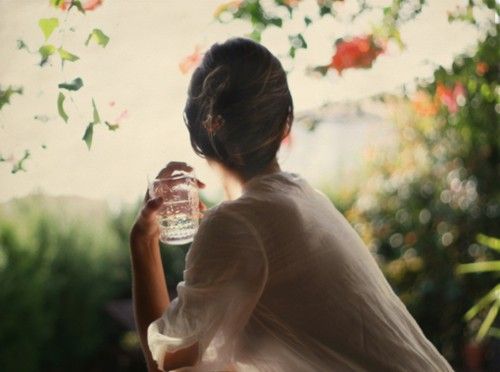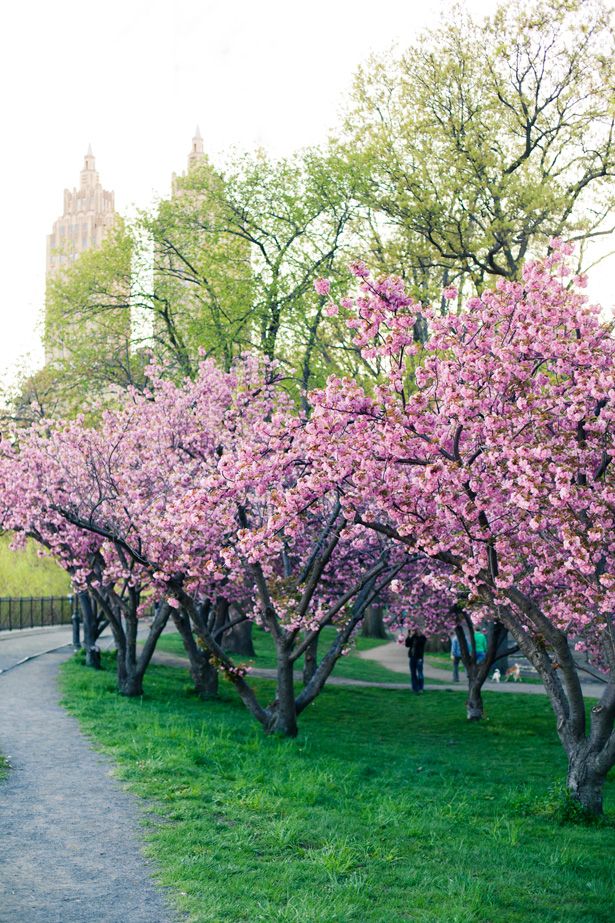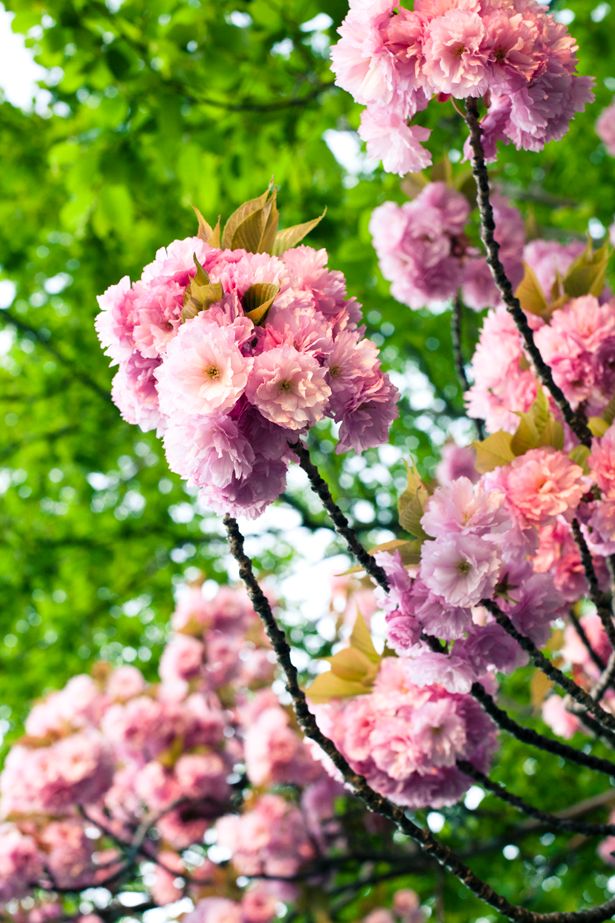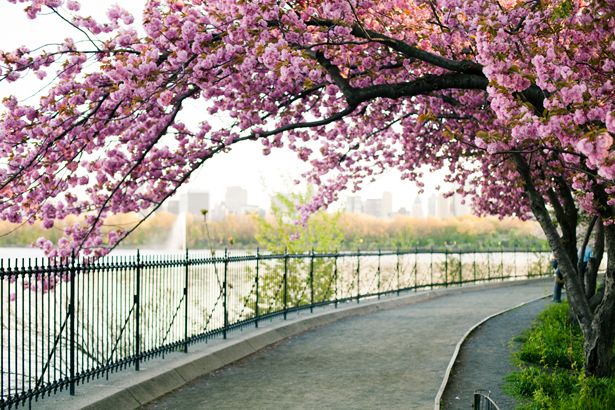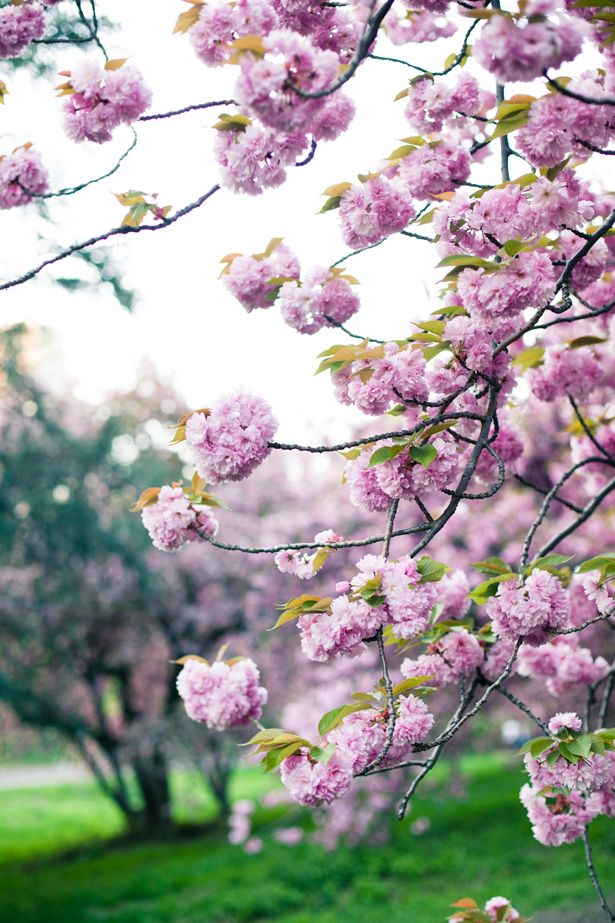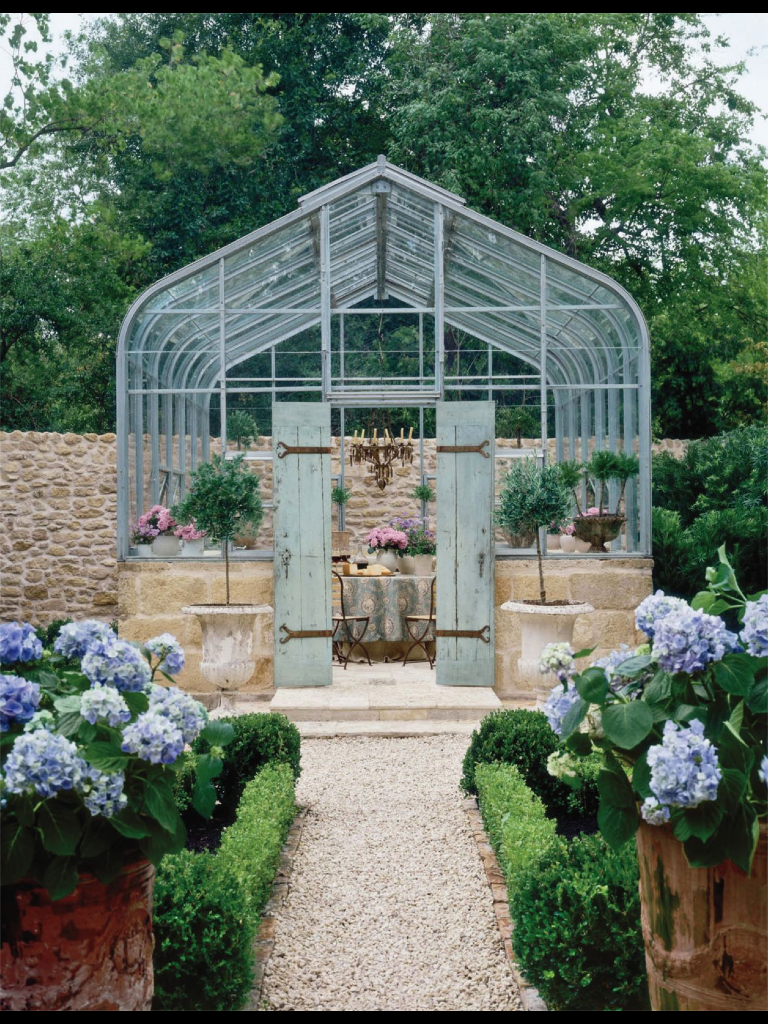 ABOUT THE MEN´S JACKET HISTORY:
ABOUT THE MEN´S JACKET HISTORY:
Just not everyone knows that the jacket is one of the oldest clothing.Of course we're not talking about the jacket, as known today, but its ancestor. Even in the coffin of a woman who goes back to the Bronze Age have been found remains of these ancient garments.
The term jacket is a derivative of Jacques, a very common name in France among the peasants (in Italian Giacomo). The term dates from 1600, and was initially siginicado coat.
The jacket was born in France with the "rebellion of the peasants"during the Hundred Years War as a shelter that served as protection against attack by weapons.
 {Early XVIII (circa 1720s) Century men jacket. Scanned illustration from a book of XVIII Clothing.}
{Early XVIII (circa 1720s) Century men jacket. Scanned illustration from a book of XVIII Clothing.}
The evolution of the basic elements occurred in Britain during the eighteenth century.The suit coat ( surtout or justacorps) of the Georgian period evolved from that of the Restoration period. They show slightly more shaping through the torso than their predecessors, and skirts will gradually get wider and fuller.
Other notable characteristics are:
-They initially remain collarless.
-Sleeves are shortened-ending somewhere between the wrist and elbow. Sleeves often finish in a large cuff, though there were also cuffless varieties.
-This particular coat is rather short. The typical coat is knee length.
-Coats have the ability to button from neckline to hem.
-Pocket placement is rising to functional levels. No more are pocket flaps floating just above the hem of the jacket.
-Breeches are moderately full through the rump, but are narrow through the leg. Breeches develope a fall front-a square flap that buttons closed.
His cravat is tied around his neck with the ends hanging loosely.
 {British XVIII Century Jackets}
{British XVIII Century Jackets}
 {Men Wigs from XVIII Century; essential accesorie of a european gentleman}
{Men Wigs from XVIII Century; essential accesorie of a european gentleman}
This coat is characteristic of those from around 1720. It is made of silk and features a ornately embroidered waistcoat (which is also made of silk).
After this time:
-the skirt of the coat continues to widen. Excess fullnes is controlled by pleating it into the center back and sides of the coat.
-Coats are now only able to button from neckline to waist. The center front corners of the coat are slightly angled toward the back, preventing the coat from closing below the waist.
-Sleeves are still just short of the wrist.
Waistcoats during the first half of the 18th century may or may not be sleeved. They continue to be long, and are cut with added fullness (just like the coat). They are slightly shorter than in the previous century-falling about 4" short of the coat hem.
This ensemble features a cravat tightly wound around his neck. The frill emerging from the center fronot of his waistcoat is a jabot. It is attached to his shirt.
After 1720, it becomes fashionable for the wide skirts of the coats to be stiffened with buckram, a heavily sized fabric of cotton or linen. This stiffening gave the affect of the skirt standing away from the body. This attempt to compete with the growing size of the female silhouette is shortly lived. In the second half of the century the silhouette will again grow narrow and vertical.
This man's coat is made with boot cuffs--large cuffs reaching up to (or beyond) the elbow). Coats of the first half of the 18th Century generally had side vents to accomodate the wearing of a dress sword (a sword worn solely for decoration by the aristocratic class. It is truly jewelry and would rarely be used for fighting or defense). It is possible for the coat to also have a center back vent in addition to the side vents.
Notice that his shoes have red heels. This remains a popular fad among the wealthy/noble classes. Tongues of shoes may also be painted red.
During the nineteenth century, the jacket became what it is today, like the current dress for men: slacks, shirt, tie and vest.
White linen cravats remain the neckwear of choice for men in the first third of the 18th century. The typical cravat was approximately 4 feet long and 6 inches wide. It wraps around the neck several times, concealing the neck band of the shirt completely.
The way that a man chose to tie his cravat was indicative of his personal style and creativity. However, there are a number of cravat tying variations that received specific names.

Below are some of the popular wig styles for men in the first half of the 18th Century. The
Full Bottomed Wig (top row: 1715) was introduced in the 17th Century by Louis XIV. It lingers in the early 18th Century-first as a fashionable wig, and then as a choice for the more conservative man. Ponytail wigs-known as wigs with
queues (ponytails or braids) that stood tall off the forehead with strategic back combing were called
toupee/foretop wigs (bottom row). These were introduced in the 1710s. The variation here is called a
bag wig since the queue is placed into a silk bag. Despite the introduction of the toupee wig, most wigs for men favor tall and wide styles during this part of the century. As the suit silhouette grows narrower and more vertical, wig styles follow suit.
This suit dates to the 1760s. All three components-coat, waistcoat, breeches--are made of the same fabric. Suits of this nature are referred to as ditto suits.
Beginning mid century, the amount of fullness in the coat begins to decrease. Initially, pleating at center back and the sides disappears. Gradually, the cut of the coat changes as well. Beginning at about mid chest, the corners of the coat at center front are completely rounded off (or "cut away") and slope backwards. These coats generally still feature buttons from neckline to hem, but only the top 2-3 buttons are actually able to be buttoned while being worn. The rest of the buttons and buttonholes were merely decorative.
As a result of the new cutaway styles, much more of the waistcoat and breeches are able to be displayed. These garments begin to take on a greater importance in the overall ensemble.
Coat sleeves begin to lengthen again, and will eventually reach the wrist once more.
The waist coat becomes shorter-this one reaches to the low hip.
Breeches will become more narrow and more fitted as we approach the end of the century.
This full dress suit is from the 1790s. The design of the garments dates slightly earlier, however. Many characteristics of men's suits from the last 1/4 of the century are shown here.
The standing collar developes late in the 1760s. The cutaway center front becomes more and more exaggerated. It is no longer possible for the coat to button closed. Also, the fullness through the skirts disappears altogether. There is most likely only one vent (at center back) in this coat. Sleeve length returns to the wrist.
Breeches become very narrow and fitted to the leg. Leather breeches become favorable during this time, since they were able to conform to the leg of the wearer and maintain a smooth fit. (The breeches shown here are not leather.)
The waistcoat shortens drastically. The hem usually falls somewhere between the high hip and waist.They are almost always sleeveless now, and resemble a modern day vest.
The male calf emerging from the tight breeches is considered an erogenious zone during the second half of the century. The fashionable male was well aware of this. He may even chose to wear artificial calves in order to make his leg apear more shapely.

The cravat slowly fades from popularity-being retained by the more conservatively fashioned individuals. The new alternative-the stock-featured a linen square (lined in buckram) folded to create a tall, stiff neckband. The stock concealed the neckband of the shirt, and fastened at the center back with a buckle, buttons, or ties. A solitaire- a dark (usually black) silk scarf (about the size of a modern handkercheif) or a black ribbon (tied in a bow)-was worn on top of the stock.
Men's wear begins to favor simpler styles in the second half of the century. Quaker built, "plain dress" attire becomes the staple for daytime attire, while the more extravagant attire is saved for the most formal evening occasions or "Court Dress". Men begin to favor quality of cut and construction over ornate decoration as a sign of wealth.
The coat on the left does seem to have a turned down collar, making it slightly different than the one on the right. Turn down collars come into fashion during the 1770s, and fold back lapels (as we know them today) come into fashion during the 1780s. Both of these collar constructions are influences from the "country dress" Frock Coat




In the last two years, the jacket and other garments have been developed according to the underlying style that emerged at the beginning.

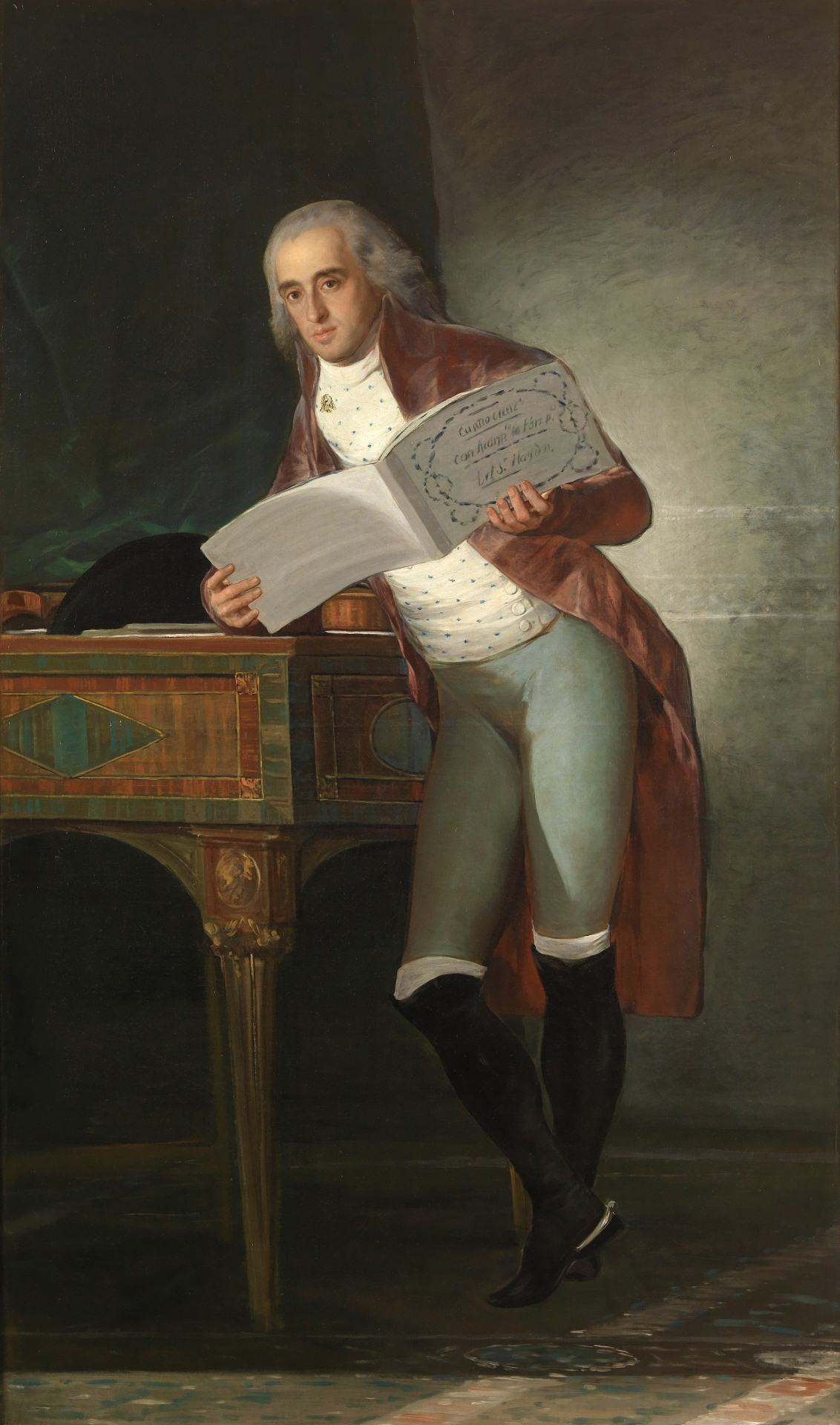 THE FOX HUNTING JACKET: A BRITISH JEWERL.
THE FOX HUNTING JACKET: A BRITISH JEWERL.

“Very few people have settled entirely in the country but have grown at length weary of one another . . . the gentleman falls in love with his dogs and horses and out of love with everything else.”
-Lady Montagu - letter to Edward Montagu (1712).
" To horse and away To the heart of the fray! Fling care to the Devil for one merry day!"
-W.H.Ogilvy.







































